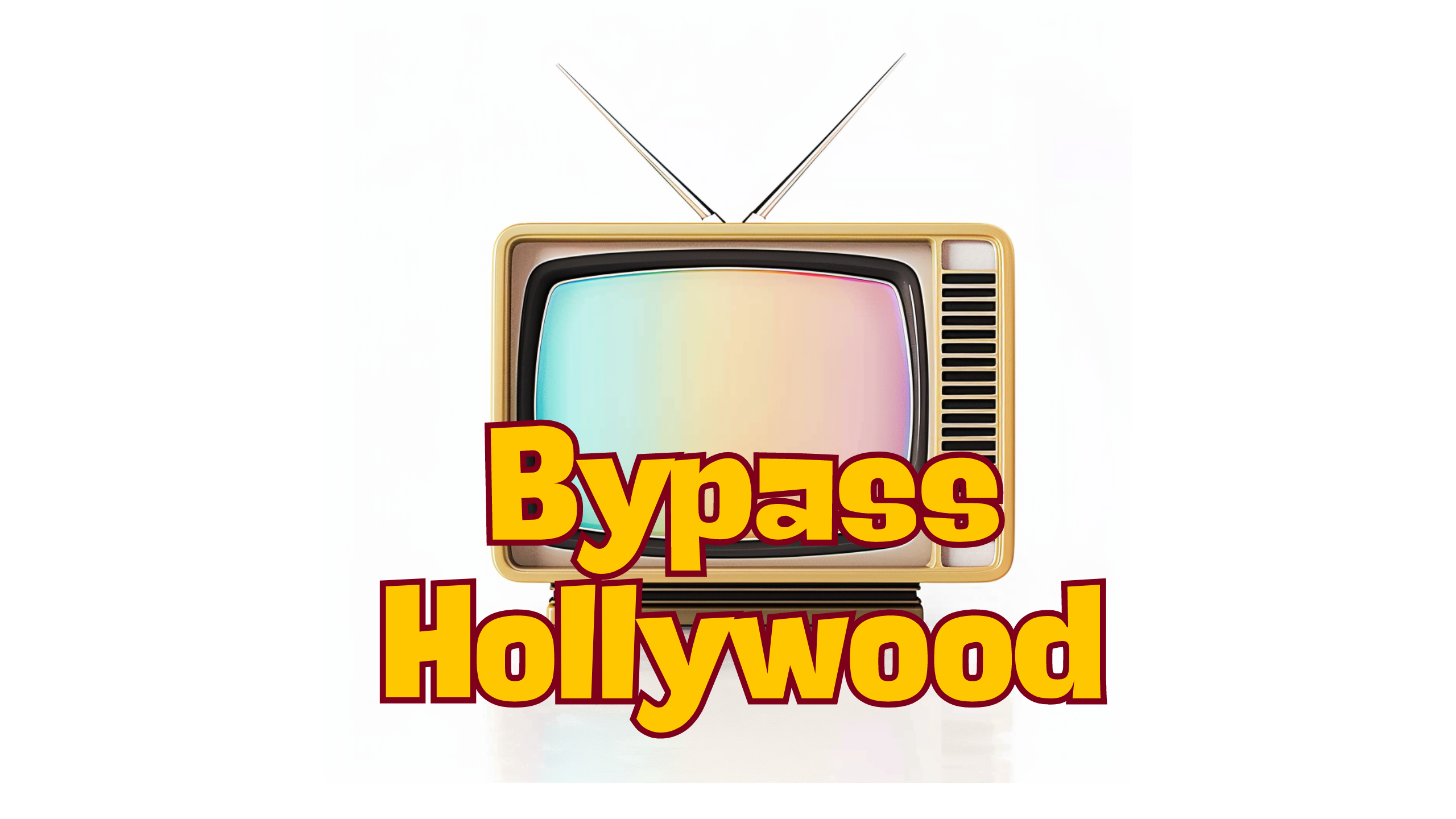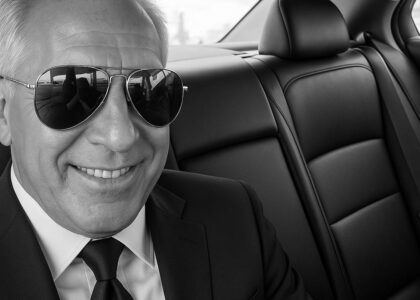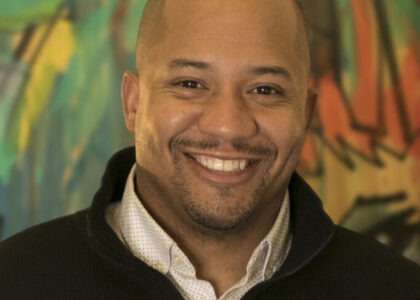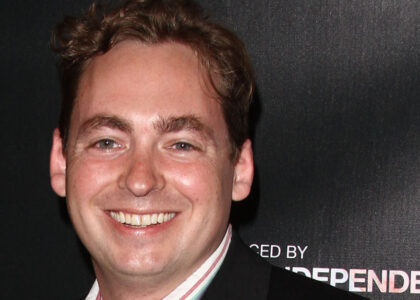

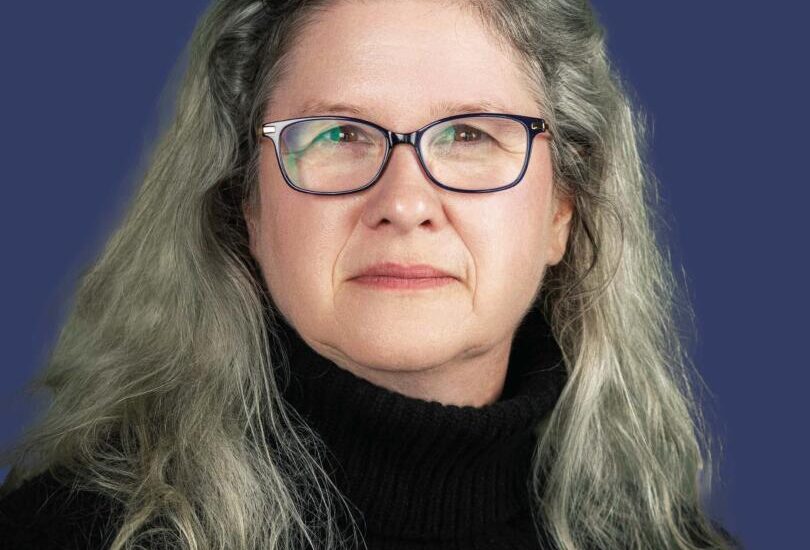
When I spoke with Professor Sara Ross, director of Sacred Heart University’s graduate film and television program, I was struck by her passion for blending the timeless art of storytelling with the boundless possibilities of modern technology. From the transformative power of virtual reality to the enduring appeal of traditional filmmaking, Ross is equipping the next generation to thrive in a rapidly changing industry. With her own leap into directing, she’s proving that the future of cinema isn’t just in good hands—it’s destined to break boundaries.
For those unfamiliar, can you share a bit about your role and the program you lead?
I direct the graduate program in film and television at Sacred Heart University in Fairfield, Connecticut, which is part of a larger communications school. I’m lucky to work with incredible, accomplished professors and talented students who are passionate about bringing new and diverse voices to the industry. Our program emphasizes storytelling fundamentals, whether students are pursuing traditional filmmaking or exploring new media forms.
Is there still strong interest among young people in film and television today?
Absolutely. While the forms of media consumption have changed, the passion for storytelling remains strong. I see students drawn to everything from feature filmmaking to net series and immersive media. Though the cinephile community may be smaller than it was decades ago, it’s still vibrant.
What sparked your own passion for film?
I was a political science major when I took a film class while studying abroad in England. The professors at my home university had written the textbook, and that connection inspired me—it showed me that studying film could be more than a passion; it could be a career.
I’ve always been fascinated by the aesthetic richness of storytelling in cinema and television, and I went on to pursue a PhD in Film at the University of Wisconsin, Madison. This year, after decades studying film as a scholar and historian, I took the leap and wrote and directed my first short film, which I shot with my colleagues and students this fall at our satellite campus in Ireland. I was so inspired by my students’ creativity that I decided it was time to try my hand at production.
You’ve studied the evolution of acting styles in cinema. How do you view those changes?
Acting styles are fascinating because they’re so tied to the standards of realism in any given era. For example, early cinema borrowed heavily from theatrical acting, but the advent of cinematic strategies like closeups in the 1910s and ’20s began to demand performances that are more recognizably ‘cinematic’. In the 1950s and ‘60s, expectations for realism in acting, along with other aspects of film style like lighting design, changed again.
Interestingly, what feels “natural” is relative—what seemed realistic decades ago can feel artificial now. Even acting styles from the ’80s or ’90s can strike us as outdated today.
Moral and cultural standards have also shifted over time. How does this affect the longevity of older films and shows?
It’s amazing how quickly societal norms evolve. Shows or films from the ’90s or 2000s might contain jokes or themes that feel cringey now. On the other hand, some works achieve a timeless quality, often by tapping into universal emotions or avoiding cultural stereotypes.
What excites you about the technological advancements in filmmaking today?
It’s an exciting time for film. Tools like AI and virtual production are streamlining workflows and expanding creative possibilities. While AI raises valid concerns for creative workers, it also opens doors to creating worlds we couldn’t visualize otherwise.
At Sacred Heart, we’re incorporating immersive media and virtual reality into the curriculum, emphasizing ethical use of new technologies. When used intelligently, these tools can be powerful for fostering empathy, allowing viewers to step into another person’s shoes. At the same time, I don’t believe that any technology can replace the human genius for storytelling.
How do your students approach these new technologies?
They’re incredibly enthusiastic. Many are excited about web series—there’s something timeless about serialized storytelling, going back to the movie serials of the 1910s and ’30s. Others are drawn to virtual reality and immersive projects. But traditional formats still hold strong appeal, especially for those interested in screenwriting and directing.
What role do guest speakers and workshops play in your program?
They’re essential. We regularly bring in industry professionals for masterclasses and workshops. For example, I’m teaching a film aesthetics class, and we’re pairing a session on film noir with a workshop with a cinematographer to recreate noir lighting techniques. It helps students connect critical analysis with practical skills.
What lessons do you emphasize most for your students?
Versatility. Storytelling fundamentals apply across all roles on a set, from grips to cinematographers. Every person contributes to the narrative vision. When I directed my short film, I realized just how vital every role is in bringing a story to life.
Where do you see the film and television industry in the next three years?
Hollywood is facing challenges, but storytelling will persist in new forms. Big-budget filmmaking may experience ups and downs, but the demand for strong stories will remain. The key for industry professionals will be versatility—being able to adapt to different formats and technologies while maintaining a solid foundation in storytelling.
